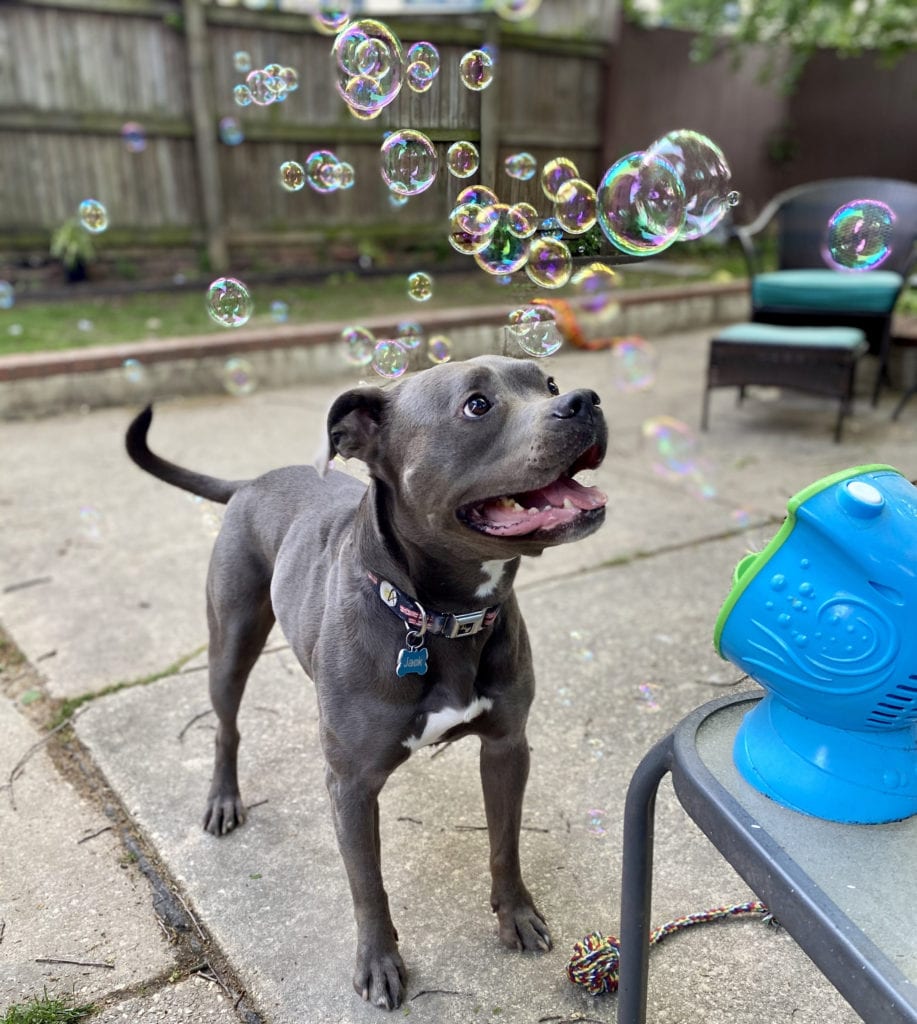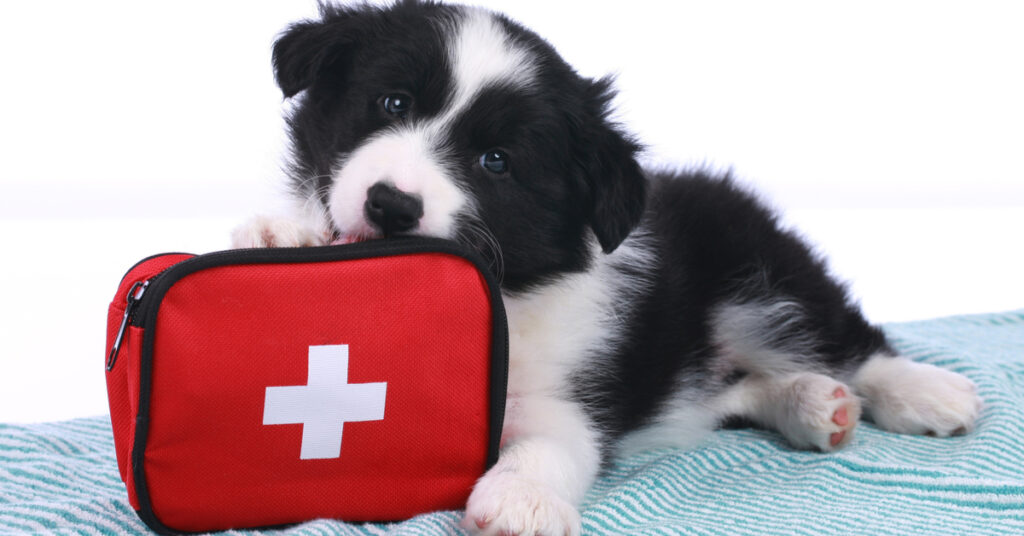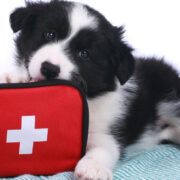Are Cicadas Harmful to Dogs?
If you live on the east coast, brace yourself. Brood X is on its way, and it’s going to take over your neighborhood for a good month or so. While cicadas aren’t especially harmful to dogs as they do not bite or sting, they can cause gastrointestinal upset if ingested in large amounts.
If your dog eats things they shouldn’t or has a hankering for household insects like stink bugs, cockroaches, grasshoppers, and the like, start trying to curb the habit as soon as possible. There are a few measures you can take to prevent them from snacking on these loud insects and their hard exoskeletons.
Come May, you don’t want to call your vet to say, “My dog ate a cicada. What do I do?”
What Is Brood X and Why Are They Emerging Now?

Billions of cicadas (yes, billions) will soon be all over 18 states in the mid-Atlantic region, Matt Kasson, an associate professor of forest pathology and mycology at West Virginia University, told The New York Times.
Dr. Kasson says the Washington, D.C., Maryland, and Northern Virginia regions are in one of three epicenters that will see the largest amount of cicadas. Indiana and Tennessee are the other two.
Even if you are not in a Brood X-specific region, you can still find cicadas in your state in the summer months. While there are many different types of cicadas, Brood X is a group of periodical cicadas that emerge from the ground every 17 years to mate.
Having grown up in Washington, D.C., I can attest that this cicada emergence is no joke. Though I was a student in junior high 17 years ago, I remember the cicada takeover well.
They were everywhere. (Even on restaurant menus.) It wasn’t possible to walk home from school at one point without stepping on one, even if you tried to tip-toe around them as if navigating a minefield.
Cicadas also have no personal boundaries. They will fly right into your face, land on your hair, bump into your arm … anything goes! It’s their world for a few weeks, and we’re just living in it.
My dog ate a cicada. How do I stop it?

I wasn’t a dog owner 17 years ago, but I am now. And while Jack doesn’t have a bug-eating habit, he does have a bug-chasing one. I think they remind him of bubbles, which he also loves to chase. He thinks flies and bumblebees buzzing by him equate to being challenged to a duel. As such, I worry he’ll find swarms of cicadas too enticing.
That’s why I’m practicing the “leave it” command with him before the great emergence. Bottom line, teaching “leave it” is an essential command that could save your dog’s life by keeping them away from hazardous items they might want to ingest.
Teaching the “Leave It” Command
Instead of Fido’s regular old dog food, grad some high-value treats for this. Start in a quiet area with limited distractions. You may use a clicker if you have one.
- Place the treats in your hand and make a fist. Hold your fist out in front of your dog and wait for them to stop sniffing it.
- Once they leave your fist alone, mark the action (or in-action, in this case) by saying “yes!” or clicking the clicker. Then offer them the treat.
- Repeat this until they start to consistently leave your hand alone. Next, offer your fist and say “leave it” so they can associate the words with what you want them to do.
- Repeat the verbal exercise until your dog automatically leaves it or stops sniffing your hand when you say “leave it.”
Eventually, you can work your way up to teaching your dog to leave the treats alone when they are exposed and not in your hand. Practice daily so that next time your dog spots some tasty-looking garbage or pesticide-ridden plant on your next walk, they’ll know not to go after it when you say “leave it.”
Impulse control is key to keeping your doggo out of trouble.
What to Do If Your Dog Ate a Cicada

Though it’s not a huge deal if your dog eats one or two cicadas, it will be in the long run if they keep it up. Cicada exoskeletons are large and hard, which could cause your dog to choke.
Plus they aren’t easy for your dog’s stomach to digest. Dr. Fidan Kaptan, a vet at County Animal Hospital in Mason, Ohio, told Fox News back in 2004 that eating too many can “…irritate the stomach lining and cause vomiting, diarrhea, lethargy.”
If your pooch is showing signs of an allergic reaction or upset stomach like loss of appetite, blood in your dog’s poop, or loose stools, talk to your vet. In an emergency pet owners can also call the Pet Poison Helpline.
Overall prevention is going to be the best method to keeping your dog from a cicada feast. Teach them “leave it” or bring a tennis ball or their favorite toy on walks to distract them from the bugs. After these next several weeks, you have a nice 17-year respite to look forward to.
Dog lovers: do you have your own tips on how to prevent cicada ingestion? Tell us in the comments!

